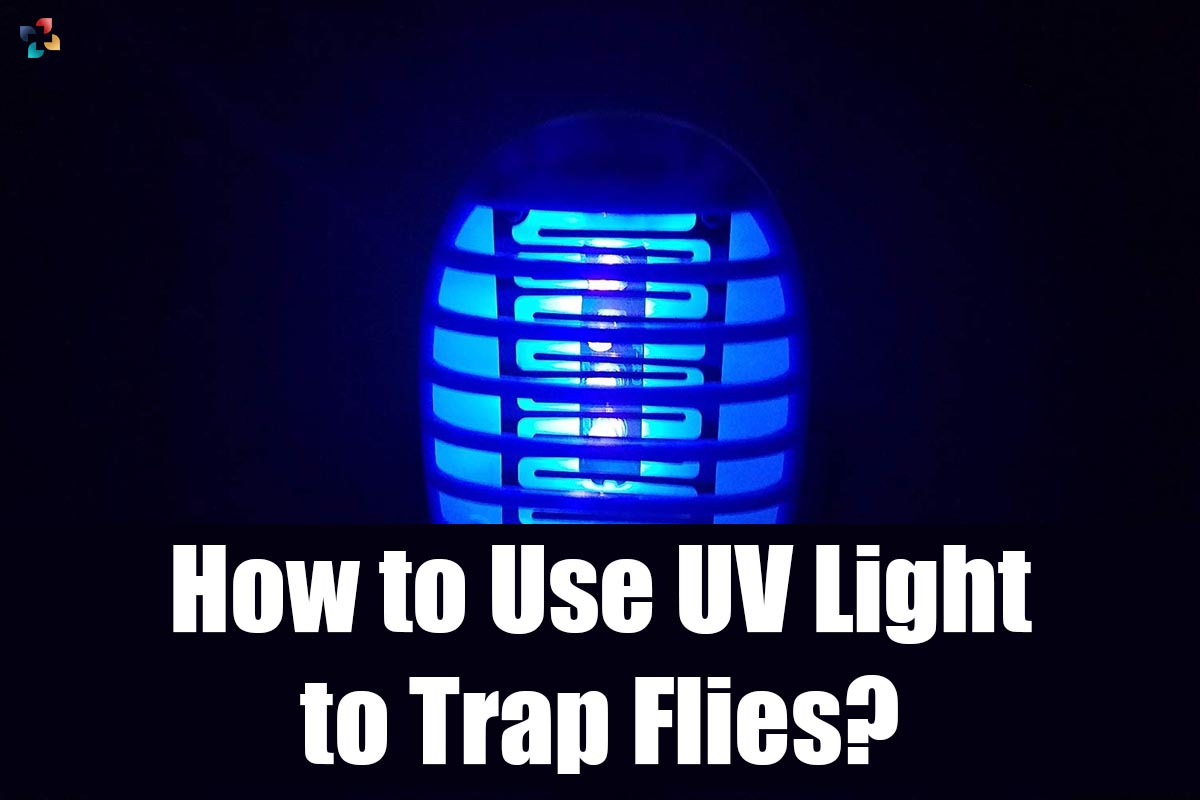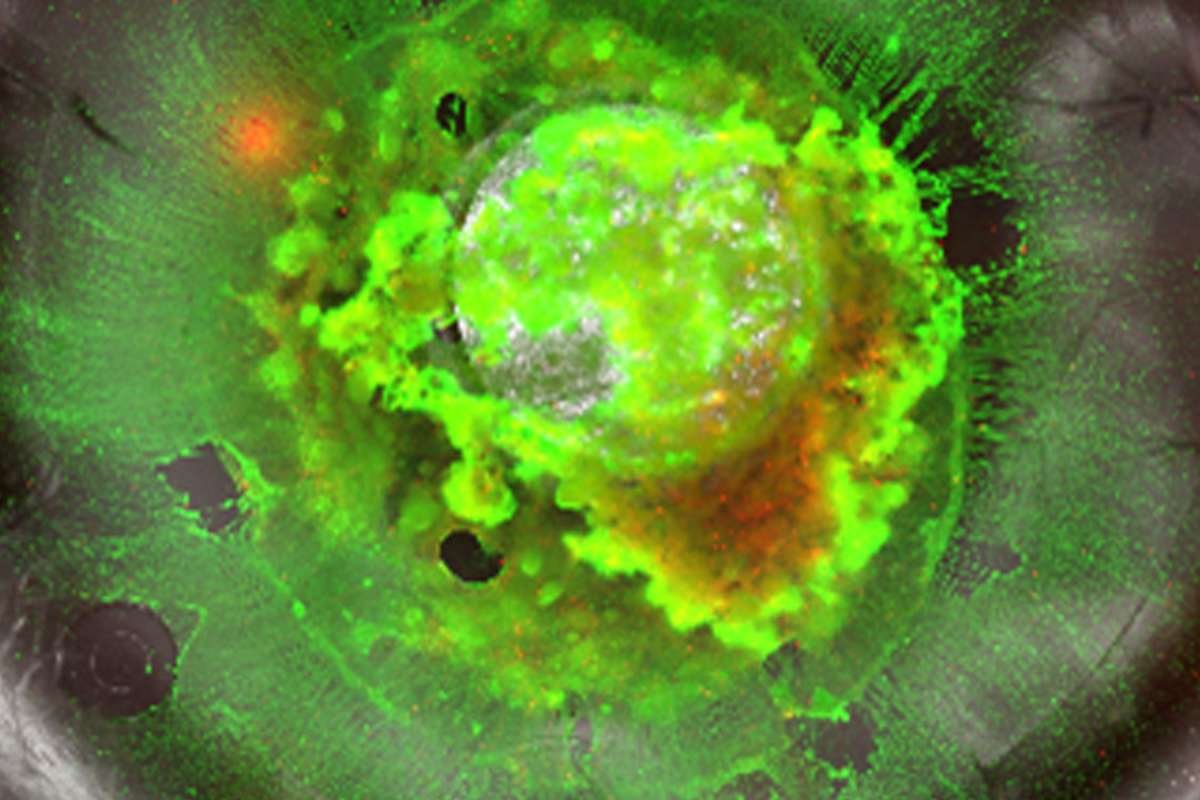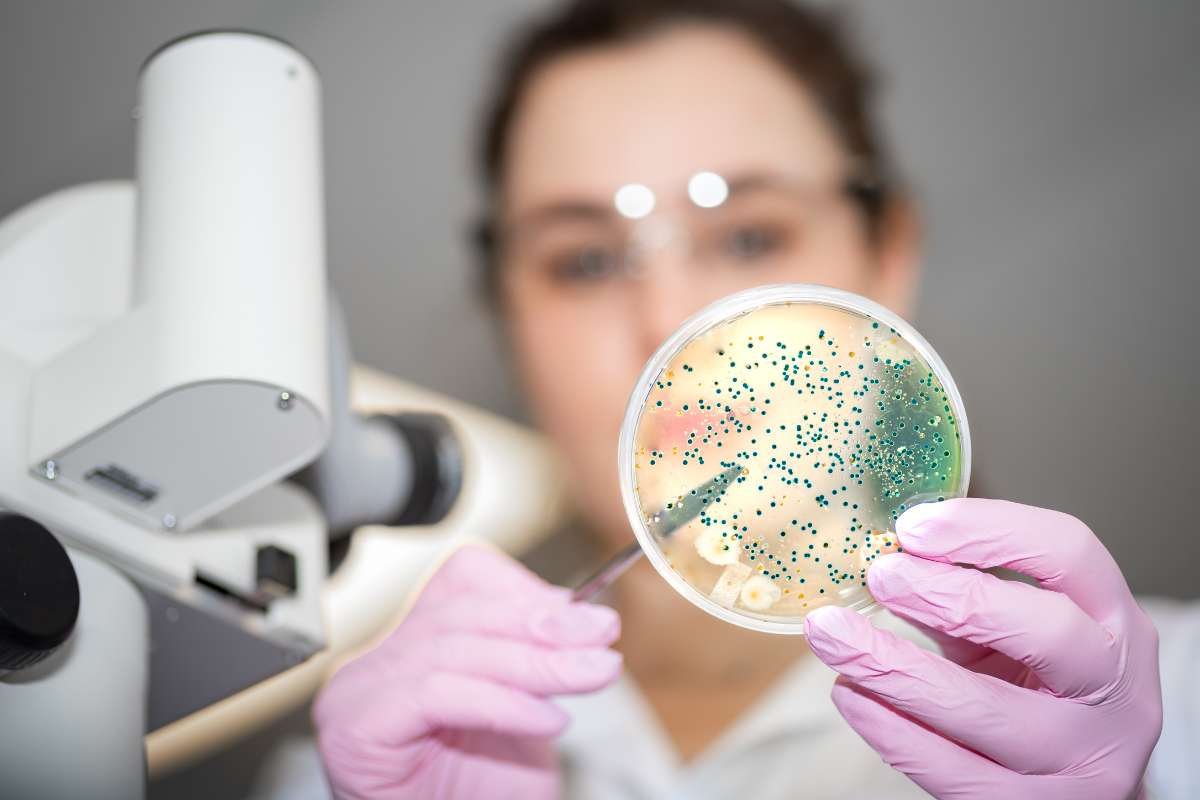As the night progresses, the sky becomes darker, and lights begin to shine in the distance. If you pay attention, you could notice that during various times of the day, especially at night, there are flies swarming about the lights. Why do lights make flies more likely to congregate there? If you’re curious about how to use UV light to trap flies effectively, read on to learn more.
Due to the fact that they are drawn to the light, flies, and moths are more often seen lingering around lights. These pests exhibit what is recognized in the scientific community as positive phototaxis, or a positive reaction to lighting. Is it possible that this is the explanation for why every fly catcher device emits UV light? Is the use of ultraviolet light the most effective method for catching flies? Let’s explore more about How to Use UV Light to Trap Flies…
In point of fact, mosquitoes are an additional example of a bug that is drawn to lighting. Why are these flying pests, particularly flies, drawn to light the most? The hypothesis that flies use lights as a source of navigation and direction is the one that receives the most support from scientific research.
In what ways does this influence the way we go about our daily lives? Many homes and businesses are quickly adopting this lighting trend as a result of its growing popularity and the fact that many people are replacing their older lighting with newer lighting that is more energy efficient.
Do you have any idea… These LED lights are very attractive to flies and other insects. Since the eyes of house flies are sensitive to light at that wavelength, pests, in particular house flies, are drawn to the powerful beams of UV-A that are emitted by LED lights.
UV light is included in all fly catcher units because, according to the same idea, it is effective at controlling fly populations.
When it comes to the pests’ attraction, the kind of lighting and spectrum is also important; for instance, the attraction level of UV blue light is greater than that of other colors of light. Flying insect control systems are thus manufactured with the purpose of successfully attracting and capturing flies.
Here is How to Use UV Light to Trap Flies;
The fluorescent light source is the primary component of the fruit fly trap that you have constructed. These flying insects are drawn into the light trap, which is typically constructed out of non-toxic acrylic, by light with high intensity.
The fruit fly is able to enter the trap via a tiny aperture, but as soon as it does so, it becomes ensnared by the sticky paper and is unable to escape.
As a result of this, ultraviolet light is often employed as a pesticide in order to kill insects like fruit flies without having any adverse effects on human beings. There are, however, a few drawbacks associated with the use of UV Light to Trap Flies. Despite this, research has shown that the use of UV light traps can successfully reduce fruit fly populations in commercial settings. Knowing how to use UV light to trap flies can be a helpful tool in managing pesky insect infestations.
For example, certain UV traps for insects are rather pricey.
Keep in mind that UV light traps may be successful in getting rid of fruit flies under certain circumstances. For instance, a research project conducted by the University at Buffalo revealed that the use of these traps successfully decreased the number of populations of fruit flies in commercial settings. Despite this, there was not a discernible difference between this strategy and other ways, such as the use of bait or pesticides. Use UV Light to Trap Flies or Fly Tying and Related Applications Available in a Wide Range of Forms and Dimensions
1. Wall mount

Fly light traps that are fastened to the wall are often positioned anywhere between three and five feet above the floor since this is the common height at which flies move about. Businesses in the hospitality and healthcare sectors, which need continuous fly control, are the ones that may profit the most from this kind of fly light trap.
2. Wall sconce
Around six feet above the ground sits a wall sconce, which is similar to a fly light trap that is installed on the wall. These attractive fly light traps, on the other hand, are perfect for collecting flies in public and corporate buildings that get a lot of foot traffic, such as restaurant entryways and hospital waiting rooms.
3. Ceiling mount

Fly light traps that are fixed on the ceiling are effective at capturing a wide range of nocturnal flying pests, despite the fact that most flies are dormant throughout the night. Typically, these traps are placed at a height of at least 8 feet above the ground or 6 inches over the shelves holding non-food goods. Fly light traps that are set on the ceiling are preferred to wall-mounted traps in homes or businesses that have tiny corridors. This is mostly due to the fact that ceiling-mounted traps keep the flies away from eye level.
4. Freestanding

Fly light traps that are freestanding provide homeowners and commercial facility managers with additional alternatives for controlling pests in a variety of rooms. These traps may be placed anywhere in the building. Depending on the extent of the infestation, these traps are often quite lightweight and may be easily moved from shelf to shelf or from countertop to countertop. Nonetheless, more caution is necessary while working with portable traps. If placed irresponsibly, portable fly light traps have the potential to attract undesirable pests to places with significant foot traffic.
Bottom Line
Knowing how to use UV light to trap flies can be an effective way to control fruit flies. Several studies have shown that fruit flies are attracted to UV light with wavelengths between 310 and 370 nm, which falls within the ultraviolet spectrum. By using UV light traps in areas such as the vicinity of your cat’s food, your vegetables, or even your restroom, you can catch fruit flies and control their population. UV light is an efficient fruit fly bait and can help you eliminate these pests from your home or business.
These are the Ways you should know about How to Use UV Light to Trap Flies.











